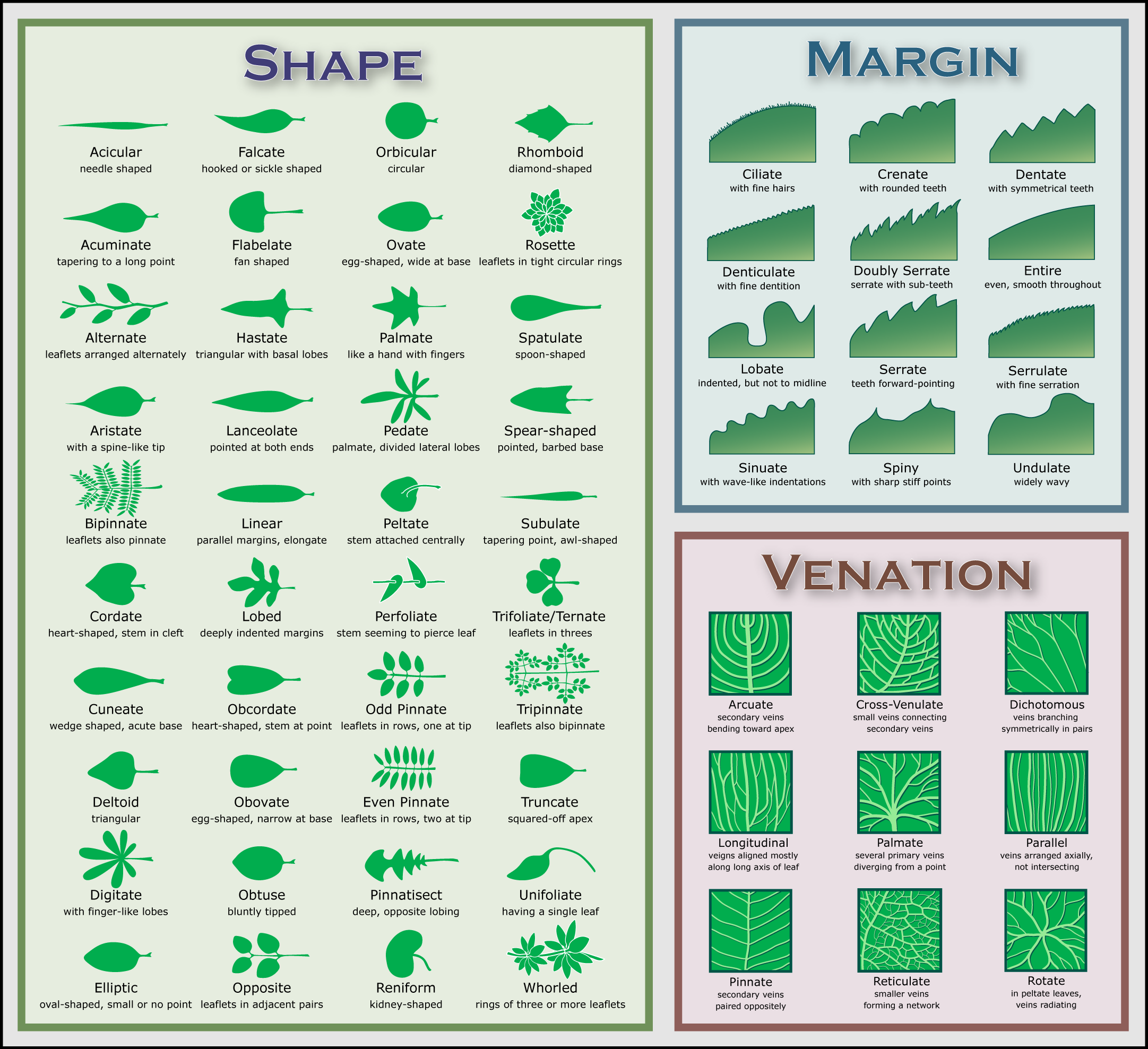- Dec 2016
-
plantsinaction.science.uq.edu.au plantsinaction.science.uq.edu.au
-
Significantly, chloroplasts are rarely present on walls that adjoin another cell.
How much of these is dependent on light conditions?
-
These values emphasise the prominence of stomatal resistance within the series
The stomatal resistance is greater than the boundary layer resistance, inter cellular resistance, and cytosolic resistance.
-
analogue with electrical resistance (R) and conductance (the reverse of resistance)
Ohms law
-
epidermal outgrowths
-
-
violentmetaphors.com violentmetaphors.com
-
Identify the approach
Identify the general approach
-
BIG QUESTION.
These are Nobel Prize worthy problems.
-
every single word
Then look up the meaning of the word.
-
I gratefully acknowledge Professors José Bonner and Bill Saxton for teaching me how to critically read and analyze scientific papers using this method. I’m honored to have the chance to pass along what they taught me.
I agree. This was the best course ever offered by the Biology Department at Indiana University.
-
-
plantsinaction.science.uq.edu.au plantsinaction.science.uq.edu.au
-
mix of demands
What are these demands?
- Light absorption
- CO2 uptake
- Reduce water loss
- Heat exchange
-
Inference: Leaves show great variations to spread chloroplast over a large surface area to maximize light absorption. At the same time, internal leaf structure needs to optimize carbon exchange. Especially since carbon fixation is rate limiting. Therefore, there should be a relationship between leaf area and leaf structure. How strong is this relationship?
-
CO2 fixation via Rubisco at a sedate pace of 3.5 events per second per active site
Carbon fixation appears to be the rate limiting step.
-
How then can leaves cope?
- Chloroplast arrangement
- Biochemistry
- Leaf orientation
-
three orders
0 to 2,000 umol/m^2/s of PAR
-
-
plantsinaction.science.uq.edu.au plantsinaction.science.uq.edu.au
-
Leaves come in a great variety of shapes and sizes

image from wikipedia
-